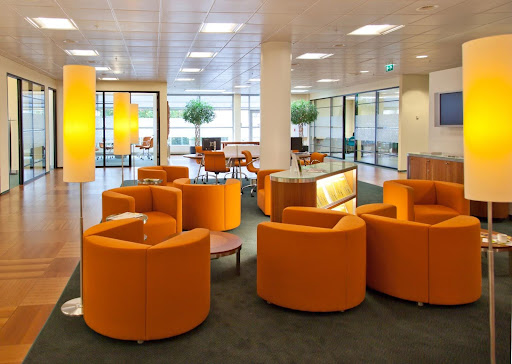As we position ourselves as responsible and informed global citizens, we are progressively aligning ourselves with ecologically sound and sustainable solutions that also cater to our modern, tech-savvy lifestyles. One of these pioneering solutions that perfectly integrate tech-driven convenience and environmentally-conscious responsibility is the concept of smart lighting. This unique lighting system, marked by its intelligence and adaptability, redefines our relationship with indoor and outdoor illumination, offering a multitude of novel methods to optimise the efficiency and practicality of our lighting systems.
The core objective of this comprehensive article is to immerse readers in understanding the world of smart lighting, how it sets itself apart from conventional lighting and why it outshines traditional options with energy-efficiency and cost-savings. It delves further into the transformational process of adopting modern lighting technologies in your daily life, residential, or commercial spaces.
Table of Contents
Smart Lighting: A Modern Solution
At its heart, smart lighting is a thoroughly tech-driven, specialised lighting solution aimed at granting users superior control over their lighting systems. In stark contrast to traditional lighting which essentially involves manually-controlled on/off switches to regulate your bulbs, smart lighting is defined by a wide range of intrinsic components. These include motion-detecting sensors, energy-efficient intelligent bulbs, state-of-the-art dimmer systems, and cutting-edge software applications that allow you to control your lights directly from your digital devices, like smartphones.
Inclusion of smart lighting in modern residential or commercial settings enables a seamless transition to a ‘smarter’ and more sustainable infrastructure. It offers increased convenience, aesthetic value, and most notably is energy-efficient, leading to substantial reduction in carbon emissions.
Orientation towards Energy Efficiency
One of the primary attractive qualities of smart lighting is its heightened efficiency in terms of energy consumption. Traditional lighting systems, notoriously energy-guzzling due to their operation exclusively based on manual mechanisms, have met their match in smart lighting. The latter revolutionises this outdated model by integrating automated controls, pre-set timers, motion sensors, and other features that allow for precise optimisation of energy usage.
Further, smart lighting prominently capitalises on LED technology for the smart bulbs, which compared to their predecessors—the traditional incandescent or halogen bulbs—are known to lessen energy usage by a robust 80%. Beyond this efficiency, smart lighting systems can be paired with energy management software, whose applications empower users to keep track of, and regulate their energy usage. This results in a potential for further optimisation in energy consumption.
Smart Lighting as a Cost-saving Strategy
Choosing smart lighting is not just an eco-friendly solution, but it is also a financial investment. Although the upfront costs associated with transitioning to smart lighting could be a bit steep due to the advanced technology being used, this short-term expense is mitigated by long-term savings seen in operations.
In fact, many early adopters of smart lighting report that it has ushered in a savings of more than 50% on their electricity bills. Moreover, the lifespan of these smart bulbs far outlasts that of traditional bulbs, leading to reduced replacement frequency and costs associated therewith.
Leading Developments in Smart Lighting Technologies
The surge of major advancements in digital technology is propelling a wave of innovation in the smart lighting industry. For instance, the advent of Light Fidelity (Li-Fi) technology, which uses light waves rather than radio waves for data transmission, offers the promise of faster and more secure connectivity while maintaining energy efficiency.
Correspondingly, brands including Philips Hue, Lifx, and Ikea Tradfri have emerged as torchbearers in smart lighting technology. They each cater distinct features and ranges to an array of user needs and preferences, making the transition to smart lighting a straightforward, personalised experience.
Key Steps: Transitioning to Smart Lighting
A smooth transition to smart lighting can be achieved through sufficient planning, research and education. Evaluating your specific lighting needs, assessing the diverse smart lighting options available in the market, and gaining a clear understanding of the installation process would be pivotal. It should be noted that smart bulbs are not universally compatible with all fixtures, hence ensuring that all elements are compatible should be a prime consideration.
Conclusion
Beyond illuminating our personal and commercial spaces, smart lighting offers monumental energy savings and associated economic benefits. These modern solutions attract those seeking to innovate and upgrade their properties while simultaneously maintaining a steady gaze at sustainability and cost efficiency. This also resonates with the wider global movement that leans towards embracing digital technology and renewable energy as we step into the future. With this advanced technology, smart lighting not only optimises your lighting system but also naturally conserves energy and saves you money. Discuss your lighting requirements with a professional to ensure you maximise the advantages of smart lighting in your specific context.
















